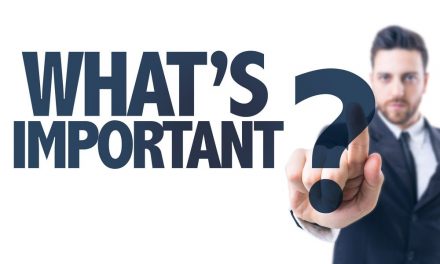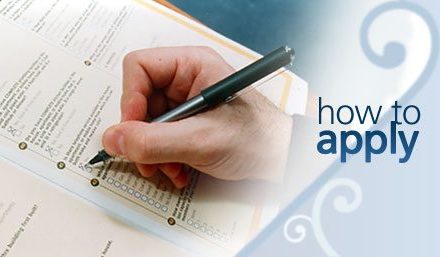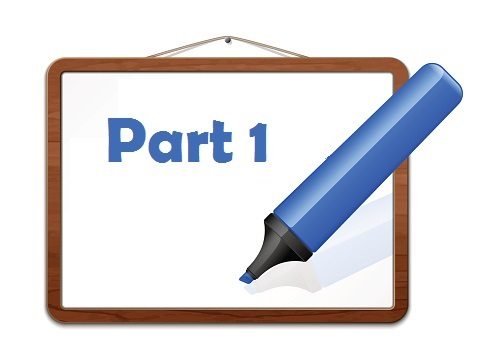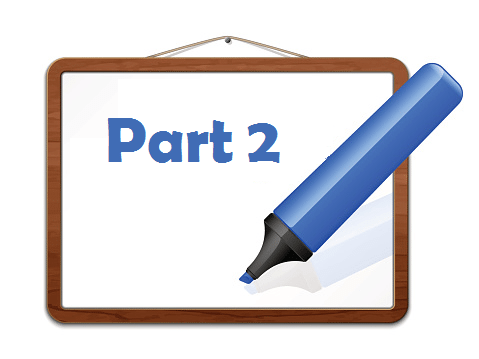| Financial Statements | |||||||||||||||||||||||||||||||||||||||||||||||||||||||||||||||||||||||||||||
| I. | A variety of users depend on financial statements to determine the financial position and health of organizations.
|
||||||||||||||||||||||||||||||||||||||||||||||||||||||||||||||||||||||||||||
| II. | There are four financial statements businesses use to communicate financial information to stakeholders.
|
||||||||||||||||||||||||||||||||||||||||||||||||||||||||||||||||||||||||||||
| III. | Each financial statement has advantages and limitations to the information it provides, which is why the four statements work together to show the organization’s financial position.
|
||||||||||||||||||||||||||||||||||||||||||||||||||||||||||||||||||||||||||||
| IV. | All four financial statements relate to one another to present an integrated picture of the organization’s financial health.
|
||||||||||||||||||||||||||||||||||||||||||||||||||||||||||||||||||||||||||||
| V. | In addition to the four key financial statements, financial statements also include additional disclosures to help investors understand statements.
|
||||||||||||||||||||||||||||||||||||||||||||||||||||||||||||||||||||||||||||
| VI. | Most organizations prepare the statement of cash flow’s operating section using the indirect method.
|
||||||||||||||||||||||||||||||||||||||||||||||||||||||||||||||||||||||||||||







